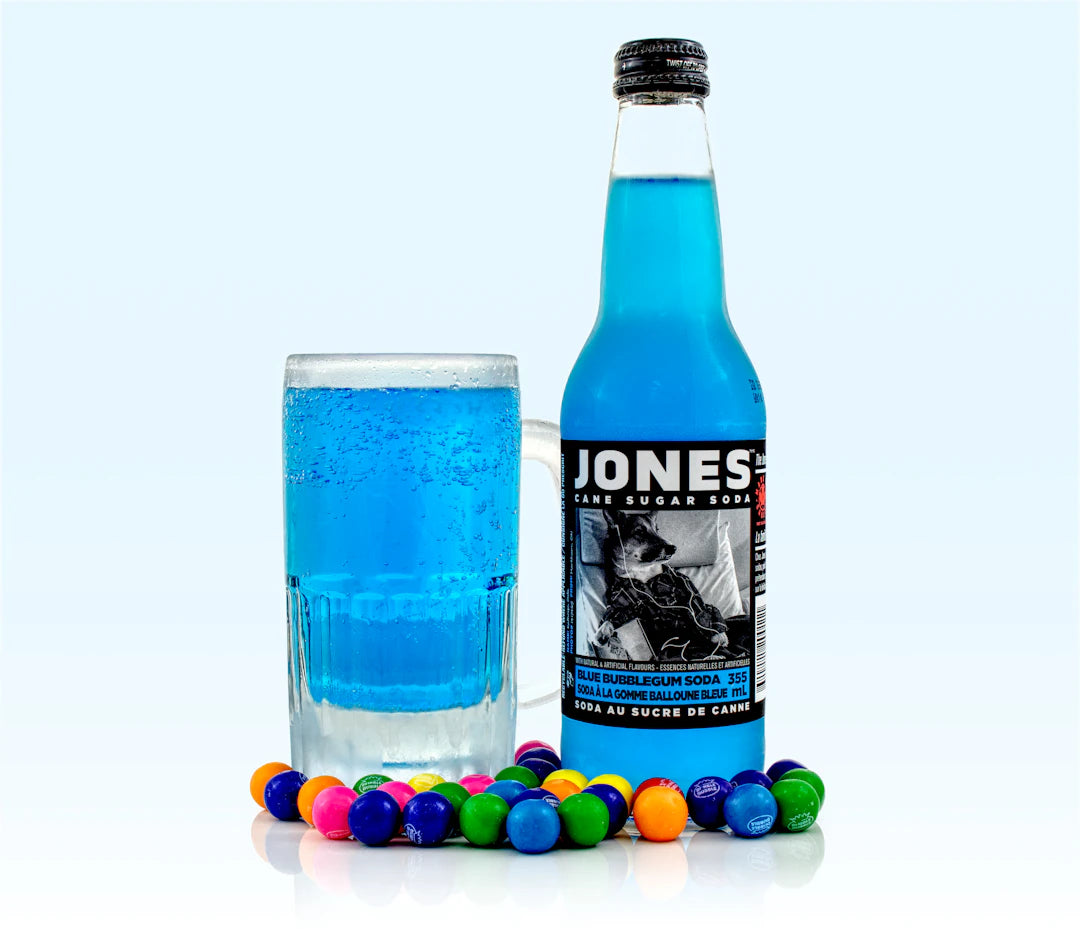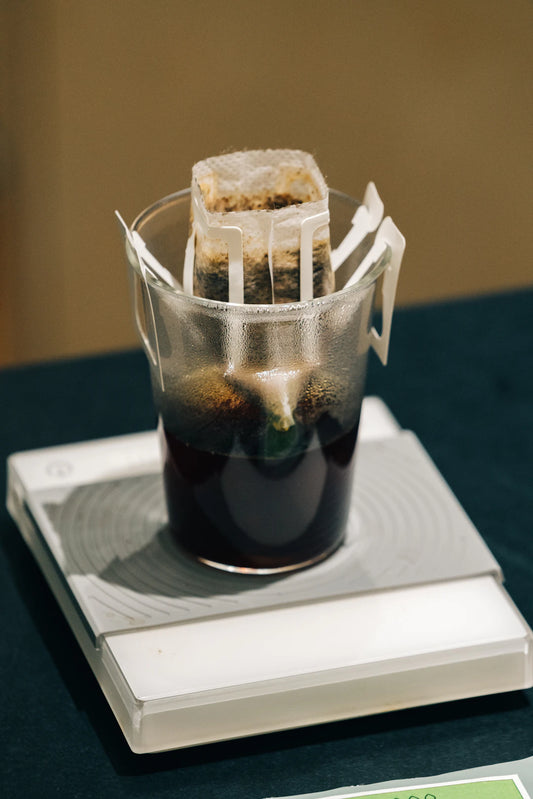
Unleashing Flavor: The Sweetness Balancing Act in Drinks
Share
Overview
Exploring the role of sweetness in beverage creation, this article highlights its importance in enhancing flavors, balancing acidity and bitterness, and creating complexity. It discusses different types of sweeteners, tips for crafting balanced drinks at home, and the significance of sweetness in non-alcoholic beverages. Emerging trends in the industry emphasize lower sugar consumption and innovative flavor combinations, encouraging a thoughtful approach to sweetness for an enjoyable drinking experience.
Frequently Asked Questions
1. What is the role of sweetness in beverages?
2. What are the types of sweeteners used in beverages?
3. How does sweetness interact with acidity in drinks?
4. Can sweetness balance bitterness in beverages?
5. What tips are there for crafting balanced drinks at home?
Understanding the role of sweetness in drink balance is essential for both creators and consumers of beverages. Sweetness can elevate a drink, enhancing flavors and creating harmony in each sip. Whether you’re a mixologist crafting the perfect cocktail or a tea enthusiast experimenting with flavor profiles, appreciating the intricate dance of sweetness and other taste components can elevate your drinking experience. In this article, we will explore how sweetness affects drink balance and how you can leverage this knowledge to create or enjoy drinks that are perfectly balanced, delicious, and memorable.
The Science of Sweetness
Sweetness is one of the five basic tastes, alongside sourness, bitterness, saltiness, and umami. It is primarily perceived through taste receptors on the tongue that detect sugar molecules. The human palate reacts positively to sweetness; this makes sweet drinks appealing and enjoyable.
Why is Sweetness Important in Beverage Creation?
In beverage creation, sweetness serves multiple purposes. Here are some key roles it plays:
- Flavor Enhancement: Sweetness can enhance other flavors present in the drink. For example, in cocktails, sugar helps mellow out the sharpness of alcohol.
- Balancing Acidity: Sweetness is a crucial counterpoint to acidity. A tart drink, like a lemonade, is made enjoyable through the addition of sweetness, creating balance.
- Masking Bitterness: In many instances, sweetness can mask unpleasant notes, especially in bitters or over-extracted coffee.
- Creating Complexity: A drink's depth can be significantly increased with varying levels of sweetness, allowing for richer flavor experiences.
Types of Sweeteners: Natural vs. Artificial
When it comes to adding sweetness to beverages, different types of sweeteners can be utilized. It's essential to understand the differences between natural and artificial sweeteners, as each has a unique flavor profile and impact on beverage balance.
Natural Sweeteners
- Table Sugar: Also known as sucrose, it’s the classic sweetener, easily soluble in water and most commonly used across a wide array of drinks.
- Honey: A natural sweetener with additional flavors, honey can contribute to the complexity of a drink and offers various floral notes depending on the type of flowers the bees visited.
- Agave Nectar: Known for its unique flavor and high sweetness level, agave can replace sugar in cocktails and teas, offering a different texture and taste.
- Maple Syrup: This syrup lends notes of caramel and woodiness to beverages. It can create depth and richness in drinks like warming spiked ciders.
Artificial Sweeteners
While artificial sweeteners offer zero-calorie sweetness, their flavor profiles can differ significantly from natural sugars:
- Stevia: Derived from a plant, stevia is much sweeter than sugar and contains no calories. Use it sparingly, as it can overpower a drink.
- Sucralose: This sweetener closely mimics sugar's taste while remaining calorie-free. It works great in cold beverages like iced tea.
- Aspartame: Generally used in diet soft drinks, aspartame can provide sweetness without calories, but some individuals may find its aftertaste unappealing.
The Balancing Act: Sweetness vs. Other Tastes
To create an enjoyable drink, balance is key. The interaction between sweetness and other tastes—such as acidity, bitterness, and saltiness—determines overall flavor experiences.
Sweetness and Acidity
One of the most essential relationships to understand is between sweetness and acidity. Many drinks, especially fruity cocktails and lemonades, balance the sweetness of added sugar against the tartness of citric acids. Without some sweetness to balance higher acidity, a drink can taste overly sharp or harsh.
Sweetness and Bitterness
Sweetness can temper bitterness in beverages. For instance, in coffee, a touch of sweetness can transform an overly bitter brew into a smoother, more palatable experience. Cocktails like the Negroni demonstrate this relationship elegantly—where the sweetness of vermouth tempers the bitterness of the Campari.
Sweetness and Saltiness
Interestingly, sweetness can also enhance the flavor of salt. Adding a hint of sweetness to salty drinks (like certain margaritas) will amplify and highlight the overall flavor profile, creating a layered and satisfying taste experience.
Crafting Balanced Drinks at Home
Understanding sweetness' role in drink balance can empower you to craft exquisite beverages at home. Here are some tips to help you master the balance:
Experiment with Proportions
Start by adjusting the amount of sweetener in your favorite drink. Gradually add sweetness in small increments until you achieve perfect balance. This trial and error approach allows for discovery of new flavor dimensions.
Choose Your Sweetener Wisely
Consider the type of sweetener you use. Natural sweeteners like honey or maple syrup could bring additional flavor notes that can complement or contrast other ingredients in the drink. Pay attention to how each sweetener changes the drink's profile.
Play with Temperature
The temperature of the drink can affect your perception of sweetness. A cold drink might taste less sweet than a warm one, so adjust your sweetness levels accordingly based on how it's served. Taste as you go and let your palate lead the way!
Sweetness in Non-Alcoholic Drinks
Sweetness isn’t just important for cocktails and alcoholic drinks; it plays a significant role in non-alcoholic beverages too. Here are a few examples:
Teas and Herbal Infusions
Sweeteners can greatly enhance the flavor profile of teas and herbal infusions. Herbal teas with naturally sweet elements, such as chamomile or rooibos, can benefit from a touch of honey or agave to create a more rounded flavor. Experimenting with different sweeteners enables new flavor possibilities and heightens the overall experience.
Smoothies and Juices
In smoothies and fresh juices, sweetness can help round out the taste. Use ripe fruits to add natural sweetness, or balance tart ingredients like spinach or kale with a touch of honey. Sweetness can play off the natural flavors of the fruits and vegetables, creating more delightful combinations.
Mocktails and Infused Waters
Non-alcoholic beverages, like mocktails, rely heavily on balancing flavors. Sweetness is often essential in crafting enjoyable mocktails. Use fruit purees or flavored syrups to create layers of sweetness that complement other ingredients, such as herbs or citrus juice for refreshing complexity.
The Future of Sweetness in Beverages
As health trends continue to shift toward lower sugar consumption, many beverage creators are exploring unique flavor combinations that rely on less traditional sweeteners. The industry is also witnessing a rise in functional beverages with added health benefits, providing consumers with enjoyment without the guilt. This focus on balance will further advance creativity in crafting new beverage experiences.
Emerging Trends
Trends such as botanical flavors—using herbs and floral elements—are becoming incredibly popular. These combinations often require a careful interplay of sweetness to maintain balance and ensure consumers enjoy the full flavor experience. Be on the lookout for adventurous combinations that challenge traditional thinking about sweetness in drinks.
Final Thoughts: Sip into Balance!
Understanding the role of sweetness in drink balance is an essential aspect of elevating your beverage experience. Whether you're creating beverages at home or enjoying a drink at your favorite bar, the thoughtful integration of sweetness can help achieve harmony among all flavor components. Embrace the power of sweetness in your beverages, allowing it to enhance flavors, balance bitterness, and create delightful drinking moments. Cheers to your next perfectly balanced sip!



